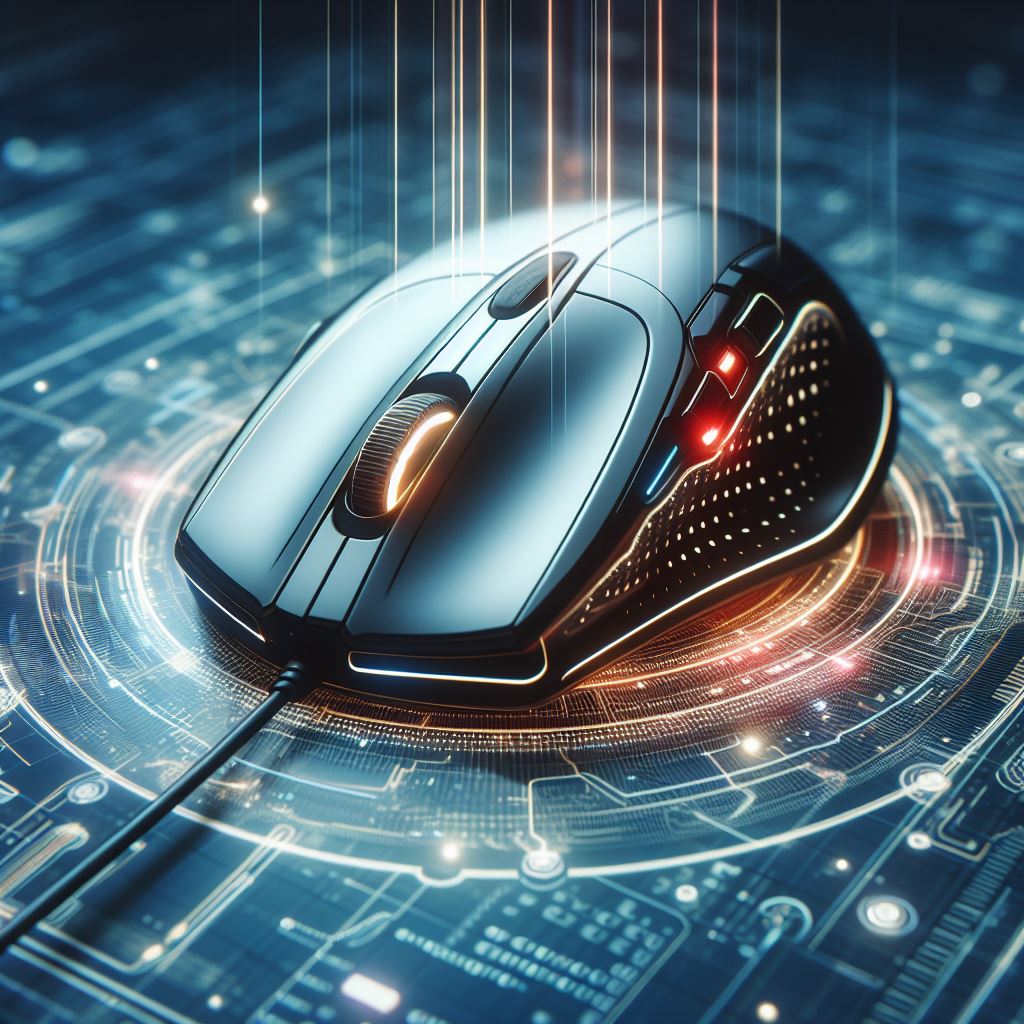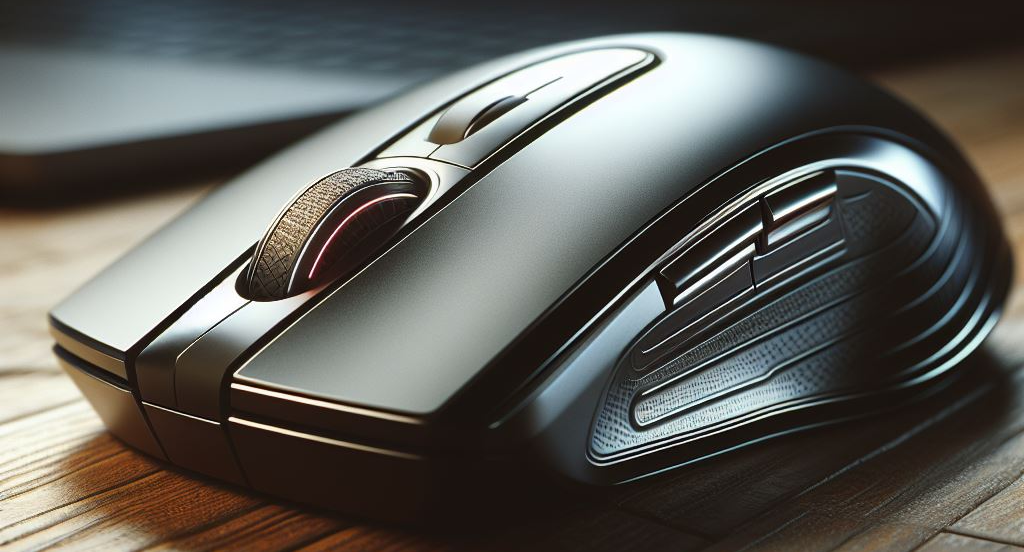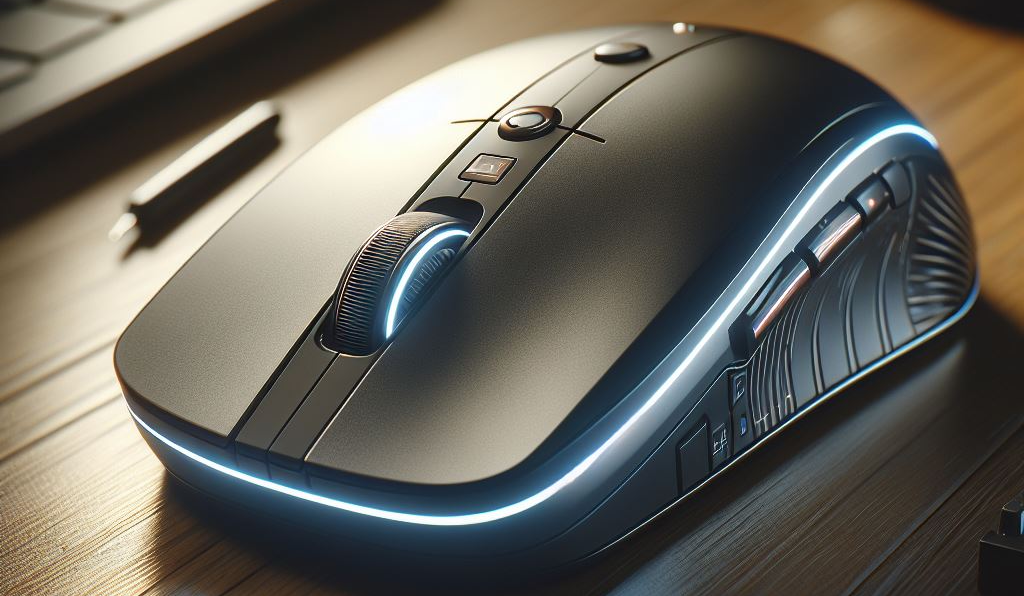The Role of MLCC in Computer Mouse

Multilayer Ceramic Capacitors (MLCCs) are essential components in the design and functionality of modern computer mice. These tiny but powerful capacitors play a crucial role in ensuring the smooth operation and reliability of these input devices.
What are MLCCs?
MLCCs are passive electronic components made from layers of ceramic materials and metal traces. They are widely used in electronic circuits for their high capacitance-to-volume ratio, low cost, and excellent performance at high frequencies. In computer mice, MLCCs are typically used for various purposes, including EMI filtering, power supply decoupling, and signal coupling.
MLCCs and EMI Filtering in Computer Mice
Electromagnetic interference (EMI) is a common problem in electronic devices, including computer mice. EMI can disrupt the signals between the mouse and the computer, leading to erratic cursor movements or even signal loss. To mitigate this issue, manufacturers use Multilayer Ceramic Capacitor (MLCC) for EMI filtering in computer mice.

How MLCCs Help with EMI Filtering
MLCCs are effective at filtering out high-frequency noise that can interfere with the signals in a computer mouse. The ceramic material used in MLCCs has a high dielectric constant, allowing the capacitors to store and release electrical energy quickly. This property makes MLCCs ideal for filtering out unwanted noise and ensuring that the signals between the mouse and the computer remain clear and stable.
Placement and Configuration of MLCCs for EMI Filtering
In a computer mouse, MLCCs are strategically placed on the circuit board to maximize their effectiveness in filtering out EMI. They are often placed near the power supply and signal lines to filter out noise before it can interfere with the signals. Additionally, manufacturers may use multiple MLCCs with different capacitance values to filter out noise across a range of frequencies.
Importance of EMI Filtering in Computer Mice
EMI filtering is crucial in computer mice to ensure reliable and accurate communication between the mouse and the computer. Without proper filtering, EMI can lead to issues such as cursor jitter, missed clicks, or signal dropouts, impacting the user experience. By using MLCCs for EMI filtering, manufacturers can improve the performance and reliability of their mice, providing a smoother and more enjoyable user experience.
MLCCs for Power Supply Decoupling in Computer Mice
Multilayer Ceramic Capacitors (MLCCs) are vital components used for power supply decoupling in computer mice. Power supply decoupling is essential for maintaining stable and clean power to the mouse’s components, ensuring proper functionality and reducing noise interference.
What is Power Supply Decoupling?
Power supply decoupling involves the use of capacitors to provide a stable source of power to integrated circuits (ICs) in electronic devices. MLCCs act as local energy storage devices, supplying instantaneous current to ICs during sudden changes in voltage. This helps prevent voltage fluctuations and ensures that the ICs receive a consistent and stable power supply.
Role of MLCCs in Power Supply Decoupling
In computer mice, MLCCs are strategically placed near the power pins of ICs and other critical components. These capacitors store energy and release it quickly when needed, effectively decoupling the power supply from external noise and fluctuations. MLCCs also help filter out high-frequency noise, further stabilizing the power supply and ensuring smooth operation of the mouse.
Capacitance and Voltage Ratings for Power Supply Decoupling
When selecting MLCCs for power supply decoupling in computer mice, capacitance and voltage ratings are crucial considerations. The capacitance rating determines the amount of charge the capacitor can store, while the voltage rating indicates the maximum voltage the capacitor can withstand. Choosing MLCCs with the right capacitance and voltage ratings ensures optimal performance and reliability of the power supply decoupling circuit.
Benefits of MLCCs for Power Supply Decoupling
Using MLCCs for power supply decoupling in computer mice offers several benefits. These capacitors are compact and lightweight, making them ideal for use in small electronic devices like mice. They also have low equivalent series resistance (ESR) and equivalent series inductance (ESL), which helps minimize energy loss and improve efficiency. Additionally, MLCCs are cost-effective and readily available, making them a popular choice for power supply decoupling applications.
MLCC Capacitance and Voltage Ratings for Computer Mice
Multilayer Ceramic Capacitors (MLCCs) used in computer mice come in various capacitance and voltage ratings, which are crucial factors to consider when designing and selecting components for these devices.
Capacitance Ratings
The capacitance rating of an MLCC indicates the amount of charge it can store. In computer mice, MLCCs with capacitance ratings typically range from a few picofarads (pF) to several microfarads (μF). The capacitance value required depends on the specific application within the mouse’s circuitry.
Sensor Circuits: MLCCs used in sensor circuits, such as those in optical or laser mice, require relatively low capacitance values, typically in the range of a few nanofarads (nF) to tens of nanofarads, to filter out noise and provide stable signals.
Power Supply Decoupling: For power supply decoupling, MLCCs with higher capacitance values are often used to provide a stable source of power to the mouse’s components. Capacitance values for these applications can range from tens of nanofarads to hundreds of microfarads, depending on the power requirements of the device.
Voltage Ratings
The voltage rating of an MLCC indicates the maximum voltage the capacitor can withstand without breaking down. In computer mice, MLCCs typically have voltage ratings ranging from a few volts to several tens of volts, depending on the specific application and the power supply requirements of the device.
Low Voltage Applications: For circuits operating at low voltages, such as sensor circuits and low-power components, MLCCs with lower voltage ratings are sufficient.
Power Supply Filtering: In applications where MLCCs are used for power supply decoupling or filtering, higher voltage ratings are required to withstand the voltage fluctuations and spikes commonly found in electronic devices.
Selection Considerations
When selecting MLCCs for computer mice, it is essential to consider both the capacitance and voltage ratings to ensure compatibility and optimal performance. Manufacturers typically specify the required capacitance and voltage ratings for each component in the mouse’s circuitry, allowing designers to select the appropriate MLCCs for their specific application.

MLCC Placement and Layout in Computer Mice
The placement and layout of Multilayer Ceramic Capacitors (MLCCs) in computer mice are critical aspects of the design process. Proper placement and layout ensure optimal performance, reliability, and noise immunity of the device’s circuitry.
Strategic Placement for EMI Filtering
MLCCs used for electromagnetic interference (EMI) filtering are strategically placed on the circuit board to maximize their effectiveness. They are often positioned near the power input, signal lines, and other sensitive components to filter out noise before it can interfere with the device’s operation.
Power Input: Placing MLCCs near the power input helps filter out noise from the power supply, ensuring clean and stable power to the device’s components.
Signal Lines: MLCCs placed near signal lines help filter out electromagnetic interference, ensuring clear and reliable communication between the mouse and the computer.
Layout Considerations for Power Supply Decoupling
For power supply decoupling, MLCCs are placed close to the power pins of integrated circuits (ICs) and other critical components. This layout minimizes the distance the power needs to travel, reducing impedance and improving the effectiveness of the decoupling.
Multiple Capacitors: In some cases, multiple MLCCs with different capacitance values are used in parallel to provide a broader range of decoupling across different frequencies.
Thermal Considerations
The placement of MLCCs in computer mice also considers thermal management to prevent overheating. MLCCs should be placed away from heat sources and in well-ventilated areas to ensure they operate within their temperature limits.
Reliability and Durability of MLCCs in Computer Mice
Multilayer Ceramic Capacitors (MLCCs) are known for their reliability and durability, making them ideal components for use in computer mice. Their robust construction and excellent performance at high frequencies ensure that they can withstand the rigors of daily use in these devices.
Robust Construction
MLCCs are constructed using layers of ceramic materials and metal traces, which are then stacked and fired to create a compact and robust capacitor. This construction makes MLCCs highly resistant to mechanical stress, temperature fluctuations, and environmental factors, ensuring long-term reliability in computer mice.
Performance at High Frequencies
Computer mice operate at relatively high frequencies, especially in wireless or optical models. MLCCs are well-suited for these applications due to their ability to maintain stable capacitance and low equivalent series resistance (ESR) and equivalent series inductance (ESL) at high frequencies. This ensures that the capacitors can effectively filter out noise and provide stable power to the mouse’s components.
Longevity in Service
MLCCs are designed to have a long service life, with many manufacturers specifying a lifespan of up to 10 years or more under normal operating conditions. This longevity ensures that computer mice using MLCCs can provide reliable performance for an extended period, making them a cost-effective choice for consumers.
Environmental Considerations
MLCCs are also environmentally friendly components, as they do not contain hazardous materials such as lead or mercury. This makes them safe for use in consumer electronics and ensures that they can be disposed of responsibly at the end of their service life.
Conclusion
In conclusion, MLCCs are reliable and durable components that are well-suited for use in computer mice. Their robust construction, excellent performance at high frequencies, and long service life make them an ideal choice for manufacturers looking to create high-quality and long-lasting products. By incorporating MLCCs into their designs, manufacturers can ensure that their computer mice offer reliable performance and durability to consumers.
